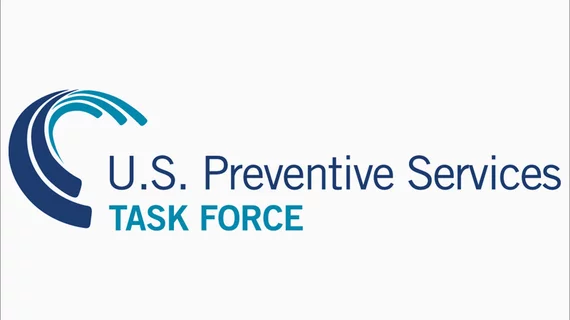USPSTF: Insufficient evidence to support AFib screening with ECG
The U.S. Preventive Task Force (USPSTF) issued a Grade I recommendation, indicating there is insufficient evidence assessing the benefits and harms of screening for atrial fibrillation (AFib) with electrocardiography (ECG) in patients 65 and older with previously undiagnosed AFib.
The final issuance comes after the USPSTF published draft recommendations in December 2017.
“The USPSTF found inadequate evidence to determine whether screening with ECG and subsequent treatment in asymptomatic adults is more effective than usual care,” the recommendation statement read. “At the same time, the harms of diagnostic follow-up and treatment prompted by abnormal ECG results are well established and include misdiagnosis and invasive testing. Given these uncertainties, it is not possible to determine the net benefit of screening with ECG.”
The USPSTF researchers reviewed evidence on screening for nonvalvular AFib with ECG and stroke prevention treatment in asymptomatic adults aged 65 and older. They reviewed 17 studies with more than 135,000 individuals as the study cohort.
They established that systematic screening with ECG identified more new cases of AFib than no screening from 0.6 percent to 2.8 percent, over 12 months; however, the researchers noted a systematic approach utilizing ECG did not detect more cases than an approach using pulse palpation.
"Although screening with ECG can detect previously unknown cases of atrial fibrillation, it has not been shown to detect more cases than screening focused on pulse palpation," the Task Force noted in the evidence report. "Treatments for AFib reduce the risk of stroke and all-cause mortality and increase the risk of bleeding, but trials have not assessed whether treatment of screen-detected asymptomatic older adults results in better health outcomes than treatment after detection by usual care or after symptoms develop."
In an accompanying editorial, Rod Passman, MD, MSCE, of the Feinberg School of Medicine at Northwestern University, and Jonathan Piccini, MD, MHSc, of the Duke University School of Medicine, said pulse palpation, followed by ECG only if the results are abnormal, is the most cost-effective method to reveal previously undiagnosed AFib.
They also noted there may be some anxiety in patients when obtaining an ECG, but it is most likely minimal for most patients.
“The true harm is found in the cost of obtaining and overreading an ECG and all the downstream tests done in response to serendipitous and often clinically irrelevant findings,” they wrote. “We can do better by first emphasizing a good basic physical examination with pulse palpation and cardiac auscultation, two low-cost AF detection tools with excellent sensitivity when performed properly.”

